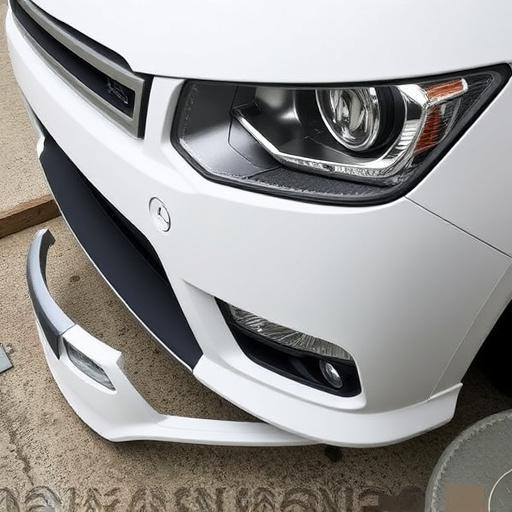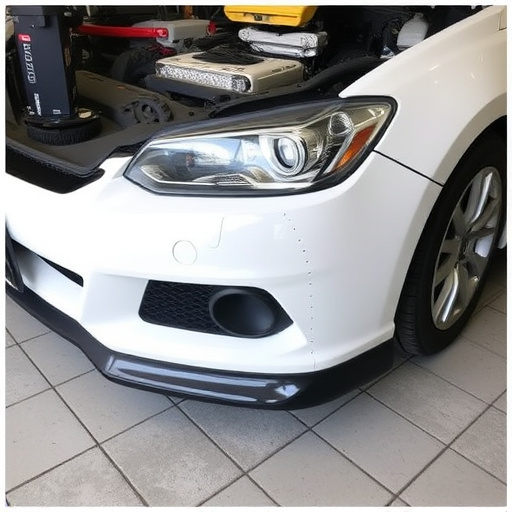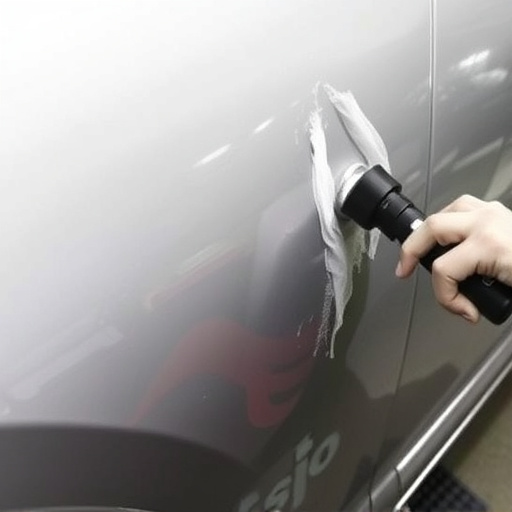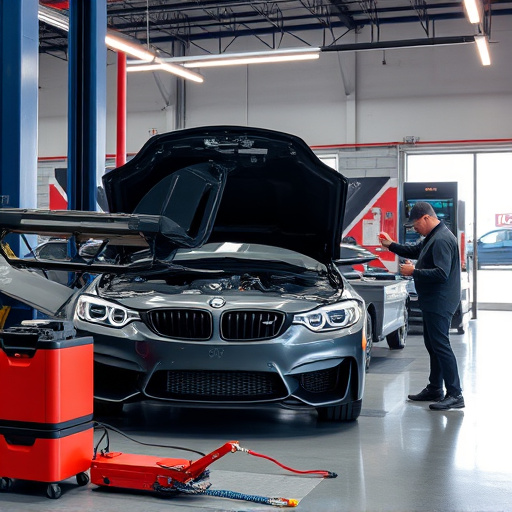Mercedes ventilated seat modules require specialized repair for faults caused by worn parts, power issues, or mechanical failures. Reputable auto shops specializing in Mercedes-Benz vehicles offer accurate diagnosis and safe solutions, ensuring driver safety and satisfaction. Repair involves meticulous inspection, replacing damaged components like wires and sensors, using genuine Mercedes parts, and thorough testing to restore functionality.
Struggling with a faulty Mercedes ventilated seat? This comprehensive guide is your solution. We delve into the intricacies of understanding and repairing Mercedes ventilated seat modules, focusing on common issues and practical step-by-step instructions. Whether you’re a DIY enthusiast or a professional mechanic, this article provides valuable insights for an efficient repair process. Learn how to diagnose problems with seat components and restore your vehicle’s comfort, ensuring a seamless Mercedes ventilated seat repair experience.
- Understanding Mercedes Ventilated Seat Modules
- Diagnosing Faulty Seat Components
- Step-by-Step Repair Guide for Efficient Restoration
Understanding Mercedes Ventilated Seat Modules

Mercedes ventilated seat modules are advanced features designed to enhance comfort during extended drives, particularly in hot climates. These innovative seats incorporate small fans that circulate air through vents, providing a refreshing cooling effect for drivers and passengers. However, like any intricate automotive system, these modules can develop faults over time. Issues may arise due to worn-out components, power supply problems, or mechanical failures, leading to an uncomfortable driving experience.
When troubleshooting Mercedes ventilated seat repairs, it’s essential to turn to a reputable auto repair shop equipped with specialized tools and knowledge. An automotive body shop specializing in Mercedes-Benz can diagnose the problem accurately, whether it’s a faulty fan, a malfunctioning control module, or a power supply issue. The goal is to restore the seats’ functionality while ensuring the safety and satisfaction of drivers who rely on these modern amenities during their daily commutes or long-distance travels.
Diagnosing Faulty Seat Components

When dealing with Mercedes ventilated seat repair, diagnosing faulty components is a meticulous process. It often begins with identifying unusual noises or sensations from the seat area during operation. Technicians may then inspect visible damage and use diagnostic tools to uncover hidden issues within the complex seat module. These modules control ventilation, heating, and other features, so any malfunction can cause discomfort or even safety hazards.
Proper assessment involves checking electrical connections for corrosion or damage, examining sensors for wear, and verifying fluid levels in cooling systems. In cases of severe damage from automotive collision repair or fender repair, complete replacement might be necessary. This ensures not just effective Mercedes ventilated seat repair but also prevents further complications that could arise from poorly fixed or modified components.
Step-by-Step Repair Guide for Efficient Restoration

Repairing a faulty Mercedes ventilated seat involves a meticulous process to restore its functionality and comfort. Here’s a step-by-step guide for an efficient restoration:
1. Identify the Issue: Start by diagnosing the problem with the seat module. Check for common issues like damaged wires, faulty sensors, or worn-out ventilators. Visual inspection and consulting Mercedes-Benz repair manuals can help pinpoint the exact cause.
2. Gather Tools and Parts: Ensure you have all necessary tools, including specialized screwdrivers, wire strippers, and replacement parts specific to your Mercedes model. It’s recommended to source genuine Mercedes parts from an auto collision center or trusted automotive repair services for a seamless fit and reliable performance.
3. Disassemble the Seat: Carefully dismantle the seat cushion and remove any visible debris. This step allows access to internal components and facilitates a thorough inspection.
4. Repair or Replace Faulty Components: Depending on the diagnosis, repair or replace damaged wires, sensors, or ventilators. Take your time to ensure each component is securely fastened and connected according to manufacturer specifications.
5. Reassemble and Test: Once repairs are complete, meticulously reassemble the seat, ensuring all parts align correctly. After reassembly, conduct thorough testing to verify proper ventilation function.
Mercedes ventilated seat repair is a specialized task that, when executed correctly, can significantly enhance the comfort and enjoyment of your vehicle. By understanding the intricate design of these seats and diagnosing faulty components, you can effectively address issues with your Mercedes’ ventilated seat modules. Following the step-by-step repair guide ensures a systematic approach, allowing for efficient restoration and a smooth driving experience. Remember, proper maintenance and timely repairs are key to keeping your Mercedes in top condition.














